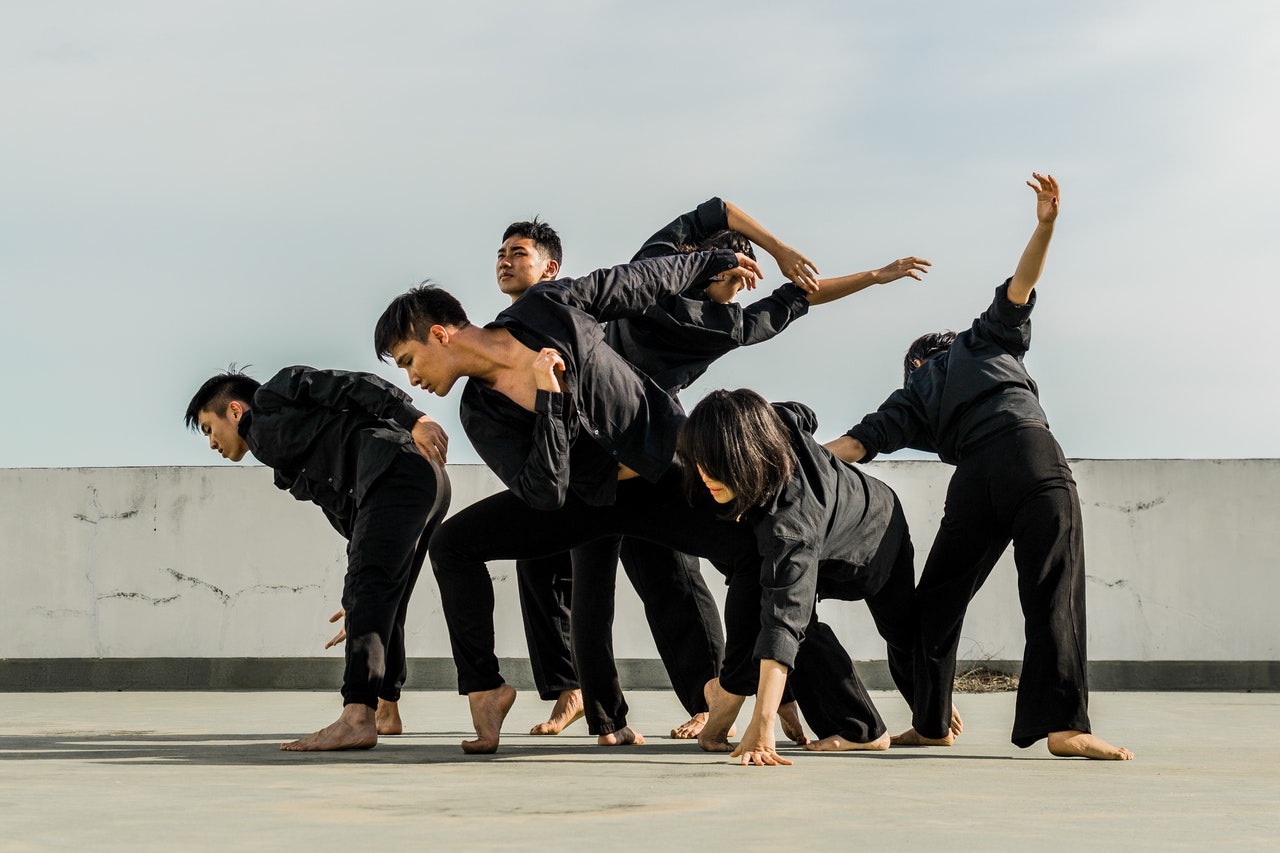Is dance like sport? Yes! It is a part of your National Curriculum for Year One and PE lessons. NO!! Because it’s not one of the accepted sports at the Olympics.
However, these are just a few common arguments hear on that subject. But which camp are you really on?! This post seeks to answer that question that has long tormenting little dancers around the world, what is dance really about? By answering that question we hope to lay down some firm ground rules and begin the process of creative expression. We will break down the different types of dance as a creative activity into its various components and look at how each relates to the audience.
Sport and Art
Sport and art go hand in hand because both involve the audience. While dance must first and foremost appeal to the audience in order to be successful, it also must work to create an environment where the audience can engage with the performer as an individual. And while it may be possible to draw crowds through dance as performance art, this is usually easier in live performances. Dance can easily become distracted by a noise outside of the dance floor, and without an audience to focus on the dance floor and the artist, dancing can easily come across as sloppy or embarrassing.
The sport of dance has often been associated with performance art and show business. The reality is that dance is an amazing combination of these elements. The dance itself can be seen as a performance art but most often the performance art comes from choreography and performance art. In other words, dancing is a combination of dance and sport.
What is a sport, then, when it comes to what is considered a women’s sport? It is not really a sport at all unless a woman participates in organized dance competitions. And, yes, there are dance competitions in America, Canada and some parts of Europe. However, in most of these competitions, men compete alongside women and the object of their desire is not necessarily to win. Competitors practice their sport, enjoy each others company and build social relationships and build self confidence.
To understand what is dance, you have to understand what is sport. Physical exertion is the foundation of both. Dancing is an artistic performance that uses both the body and mind in complex and precise ways to delight the audience and feel powerful yourself. While both require physical exertion, the difference between what is sport and what is dance is the goal.

Competition
Sport requires the athlete to “win” while dance uses creativity and spirit to find new ways to enjoy the dance. But the distinction between what is dance and what is sport is whether the end goal is achieved. If a dancer is not striving for some kind of competitive victory, then the dance is not truly sport. In other words, if a dance is not trying to win awards or competitions, it is performing art and is not necessarily considered a sport.
As such, there are competitions that can be viewed as street dance competitions as well as more mainstream types of dance competitions. Street dance competitions are held to judge skills, and the winners of these competitions often get prizes and recognition that can help motivate future dance students to hone their skills. They can also help dancers who may be struggling with techniques learn to apply them more smoothly and effectively. If a dancer wants to learn more advanced moves that do not require an athletic competition, they should look into private lessons with a skilled teacher who can teach them what is needed to become a professional dancer.

Creative Activity
The important thing to remember is that while a dance presentation may use physical exertion, it is a creative activity. Dancing is about the relationship between audience and performer, about building community and social relationships and about the journey of finding who we are. All of these things require effort and skill but they are not competitive activities. So the answer to the original question is that while a dance presentation may be a sport in its purest form, it is ultimately a creative activity.
Finally
The point is that while dance can incorporate elements of both creative and athletic endeavour, it should not be considered as a competing activity between two competing individuals. The point of dance is to engage with the audience, and as such, the activity involves physical exertion (as in the case of salsa) or technical skill (as in the case of ballet). It is this physical exertion or technical skill component that makes dance what it is: a unique and highly demanding form of physical engagement that requires both artistic ability and mental acuity. This combination makes it unlike most other forms of physical activity, making it difficult for most people to engage in and enjoy it without becoming either bored or frustrated.
